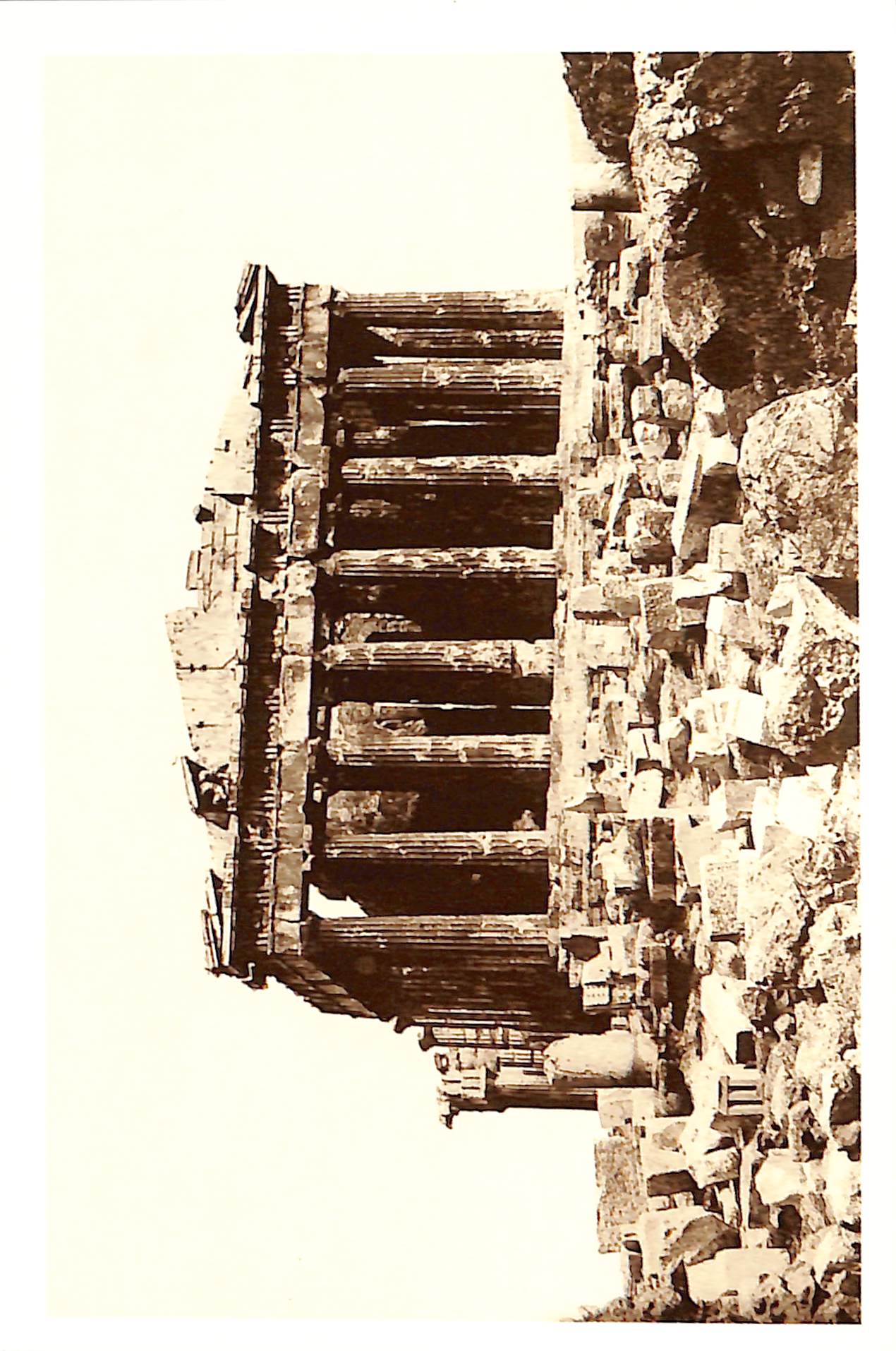
4/29/2025 10:02:20 AM
The Parthenon
The Parthenon on the Acropolis of Athens was dedicated to Athena, the patron goddess of the city. Its construction began in 447 BC, commissioned by Pericles as part of a broader building program on the Acropolis, whose sanctuaries had been destroyed by the Persians in 480 BC. The temple was built atop the ruins of an unfinished and destroyed archaic temple, known as the "Pre-Parthenon" or "Hekatompedon." The architects were Ictinus and Callicrates, while the sculptor Phidias oversaw the sculptural decoration. Construction was completed in 438 BC, with the final statues installed by 432 BC. The temple is of the Doric architectural order but incorporates elements of the Ionic order as well, such as the frieze and the inner Ionic columns. Specifically, it is an octastyle peripteral temple, with a hexastyle, amphiprostyle cella. It features rich decoration in white Pentelic marble, measures 31 by 70 meters, and stands 19 meters high. The architectural sculptures are found on the metopes, pediments, and frieze. The metopes are rectangular slabs with relief scenes depicting mythological episodes related to the city of Athens. The Parthenon had a total of 92 metopes, all adorned with reliefs. The eastern metopes depict the Gigantomachy (battle between gods and giants), the northern metopes scenes from the Trojan War, the western metopes the Amazonomachy (battle with the Amazons), and the southern metopes the Centauromachy (battle between Lapiths and centaurs).
The two triangular pediments contained full sculptural compositions of gods and deities. The eastern pediment illustrates the birth of the goddess Athena, while the western one portrays the contest between Athena and Poseidon for the patronage of Athens. Pictured: View of the Parthenon in 1878. ©Municipal Photography Museum of Kalamaria ‘Christos Kalemkeris’.

